
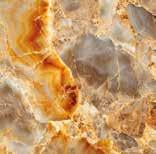
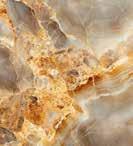



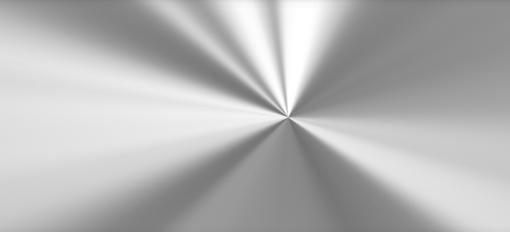
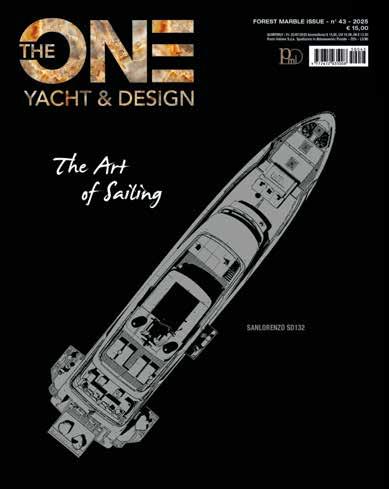
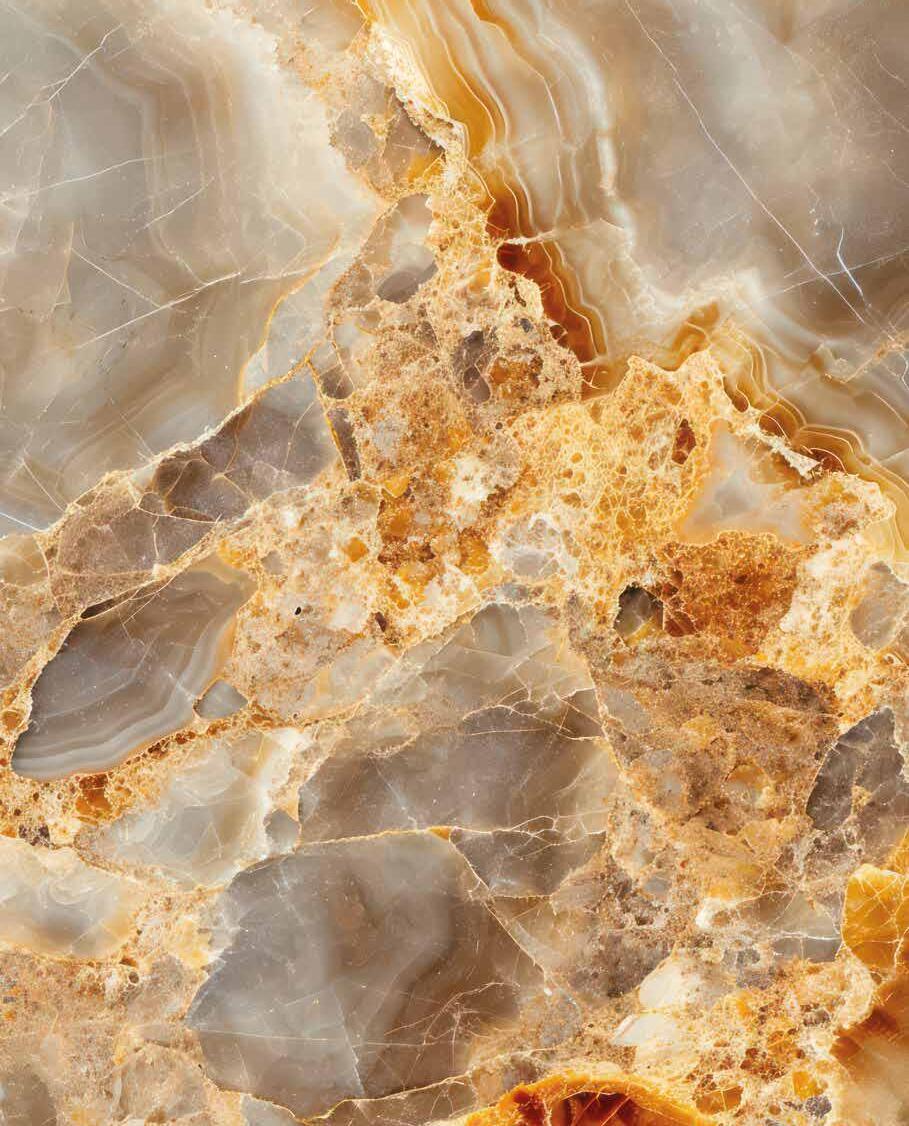










One of the most talked-about designers of recent years is also a passionate yachtsman who loves the sea and often finds inspiration when under sail
by Veronica Lempi – ph. courtesy Killa Design
It’s no coincidence that his name is associated with Dubai’s “Museum of the Future” - Shaun Killa, founder of the international Killa Design studio, is one of the most acclaimed architects of recent years - his team is responsible for designing Shebara Resort hyper luxury eco retreat in Saudi Arabia and Zamani Islands, the first 100% renewable energy powered resort in the Maldives. Among the numerous structures around the world that combine beautiful aesthetics and futuristic vision, the Killa Design studio’s work can also be recognised in the elegant, graceful lines of the latest in the new Jumeirah Marsa Al Arab,

how the essence of yacht design – a combination of elegance, performance and harmony with nature –permeates many
Design projects. Here, elegance, the building’s curved shapes and the fluid relationship with the sea are directly inspired by the grace and precision of an ultra-luxurious superyacht. Opposite page: The architect
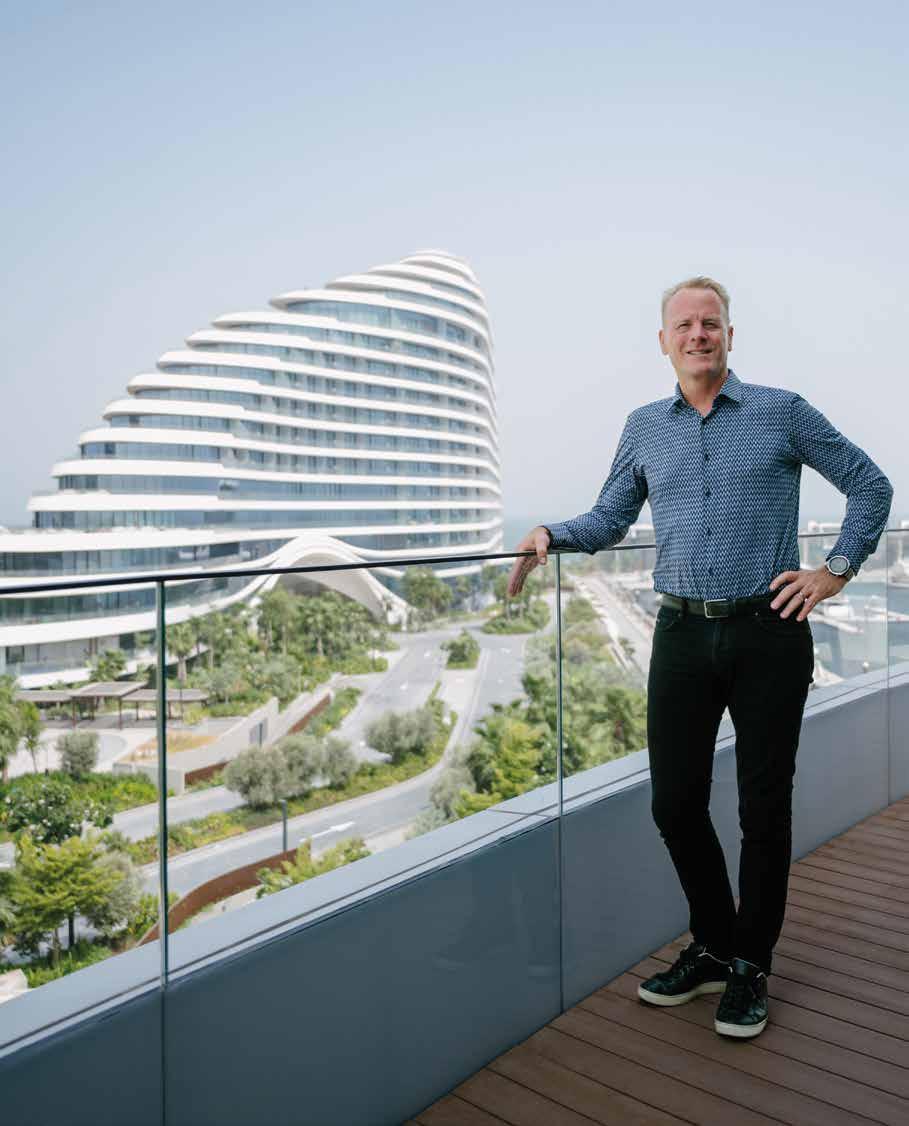
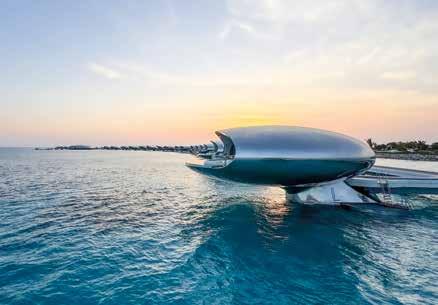
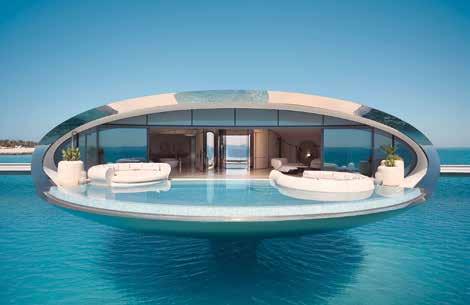
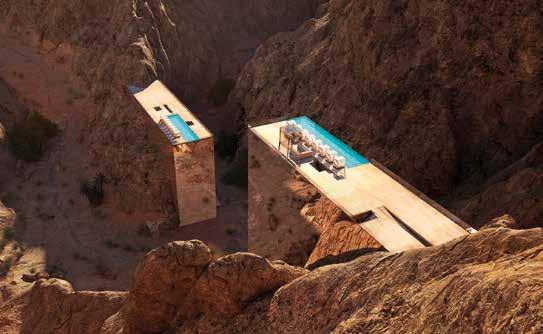
completing Jumeirah’s ‘trilogy’ of Dubai hotels. The building also emphasises the relationship with the marine environment, often a key feature in Killa’s creations – it’s fluid form inspired by the elegance of superyachts offers unparalleled hospitality experiences. They are timeless, not simply fashionable, structures, destined to endure. “I’m positive that timelessness is rooted in honesty”, says Killa. “When a buildings integrates itself into its surroundings with authenticity, without needing to stand out to assert its presence, it becomes eternal”. In other words, a clear intention precedes the aesthetic.
A specialist in buildings that integrate with their surroundings, be they natural or urban, Killa pays particular attention to the context
Top: the luxury eco-resort Shebara in Saudi Arabia is designed to provide an off-grid experience that combines sustainability and design, zero energy and zero waste. Developed by Red Sea Global. Below, a rendering of the natural oasis being built for Leyja Wellness Hotel in the Gulf of Aqaba (NEOM). Design, history and mythology stimulate the senses in an example of visionary architecture.
– everything starts from the subject, the shape comes later.
“We start with a deep understanding of the culture, the spirit of the people and the emotive resonance of the place. Because when design is disconnected from its environment or from the people who live there it becomes sculpture, not architecture”.
In this way designing becomes a holistic discipline involving human movement and emotional impact. As Killa says, “Nothing in the built environment is isolated. When these elements interweave harmoniously the result is much more than a building – it’s an experience”.
And that’s what structures by Killa Design are – experiences that declare their identity at first sight. Dubai’s Museum of the Future, for example, “Had to transcend limits conceptually, technically and
This photo, Address Beach Resort at Dubai Marina is a 5-star mixed-use hospitality complex comprising two 77-storey towers. Below, a sketch of the project for Zamani Islands that aims to become the first clean, renewable energy resort in the Maldives

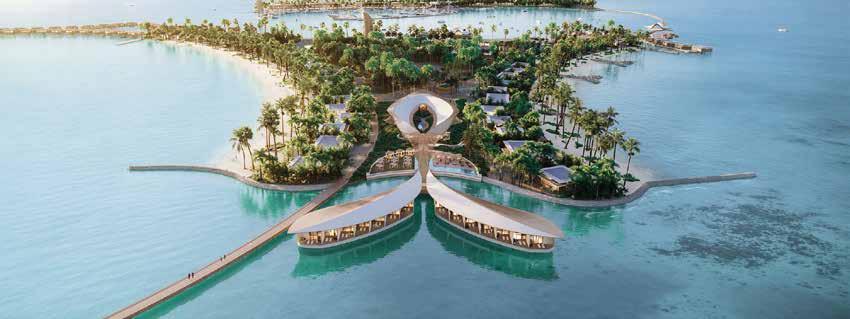
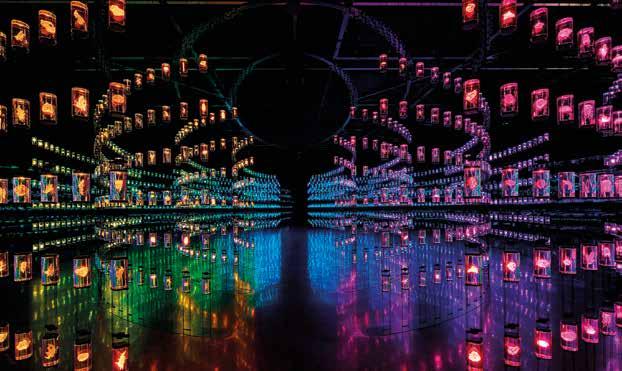
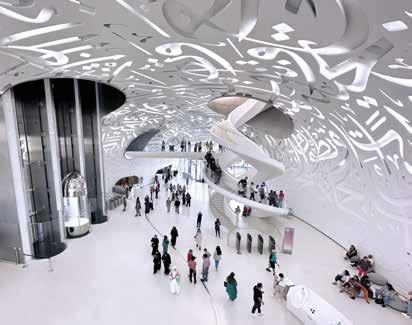
philosophically”, he says. The toroidal outline with Arabic calligraphy and the central void depict what humanity does not yet know. It’s interesting to see how for Killa, architecture is not only a job but also a means, an instrument of connection between humanity and the natural world. His designs consider local climates, use materials that narrate cultural stories and create spaces that invite reflection. “Architecture to me, is a vessel for progress.” Then there’s the aesthetic element. When looking at his designs we have to experience an emotion – and often, this emotion is surprise. The over water stainless steel orbs push the boundaries of design, minimising its environment footprint by canterlevering the
Dubai’s Museum of the Future is not only based on an aesthetic concept. How can we create spaces for what we do not yet know? The calligraphy on the facades are windows that flood the interiors with light, enabling the structure to form a dynamic connection with the exterior. It is a celebration of the innovators who explore the unknown to shape the future
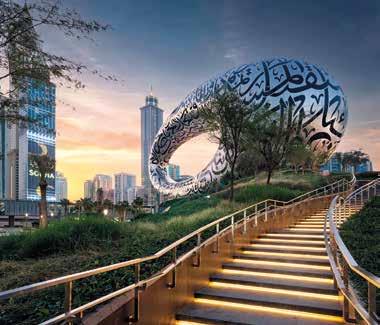
orbs above regenerative coral gardening within the protected lagoon. “Challenging the norm is not about novelty, it’s about meaning. Rather than asking “what should this look like?” we ask “what should this represent?”. Closely linked to the natural worlds, like the marine environment, he admits that he draws inspiration from many places – often from nature and sailing on the open sea. “I’d like to design a yacht that wouldn’t just be an object but a floating experience that would create a new benchmarks for superyachts.
A synthesis of advanced sustianable technology and timeless design. Every line would evoke calmness.”